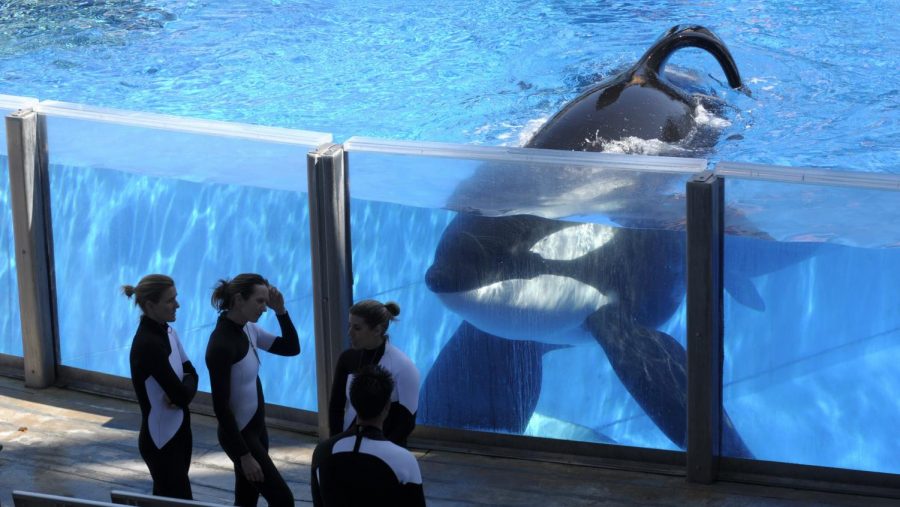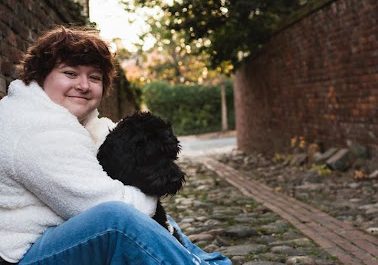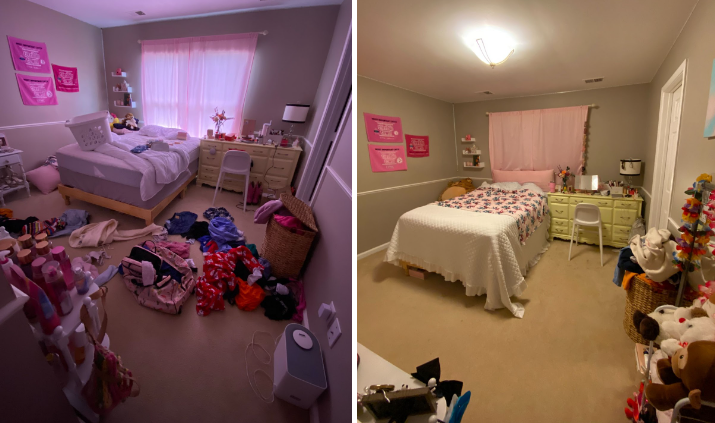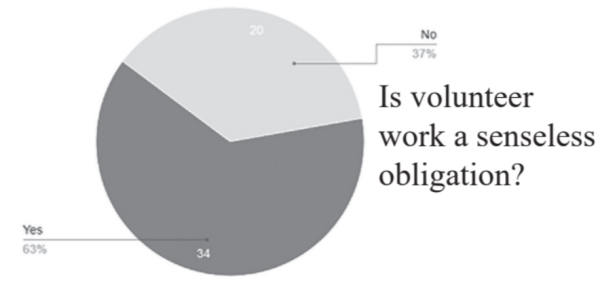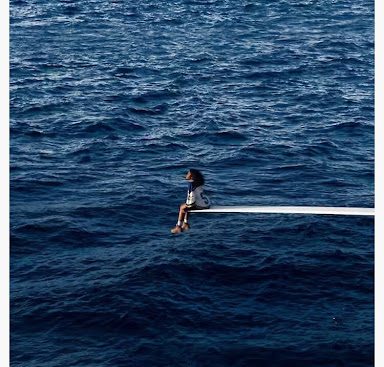Sea World faces controversy
Photo courtesy of Quartz
Trainer outside of Tilikums’ tank at SeaWorld. SeaWorld has spawned controversy regarding their treatment of animals captivity.
May 11, 2018
It’s hard to imagine being trapped in a white room for most of your life, especially when you were meant to live in the world.
At the amusement park SeaWorld, Orca whales and other aquatic animals are kept in enclosures that are not proportional to their size and nothing like the environment that they naturally live in. Ever since 2013, when the documentary Blackfish aired, people began to boycott SeaWorld after this injustice became apparent. Blackfish exposed SeaWorld and their harsh treatment of animals, specifically the Orcas.
The documentary begins with the event that sparked the national outcry, which was the death of Dawn Brancheau, a trainer at the Orlanda SeaWorld, in 2010. Brancheau was pulled underwater by Tilikum, an especially large Orca at SeaWorld known for his violent and psychotic nature who died last year. Brancheau’s death was ruled an accidental drowning by SeaWorld, however, video evidence says otherwise. Throughout the Orca show, Tilikum becomes increasingly disobedient and stops performing his tricks. Even though Tilikum is extremely aggravated, SeaWorld released a statement blaming Brancheau’s ponytail, saying that it was a distraction to the whale.
The death of Brancheau and two other SeaWorld employees has somewhat turned the public against the whales. But what can they control? Are animals not but products of their environment?
Tilikum and the other original Orcas at SeaWorld were shipped in directly from the ocean. They were captured as if they were going to be killed, but they needed to be alive for the journey- all for the sake of human entertainment. There is no argument that Orca’s belong in the ocean. Scientists who study Orcas have observed the physical differences of captured Orcas and wild Orcas. The dorsal fin (on top of their body) is positioned straight up in wild Orcas. At SeaWorld, the dorsal fin is curved or drooped in the wild Orca’s offspring. Besides the physical change that the animals go through, animal behaviorists have established that being in an unnatural environment where they are not given enough space causes the Orca’s to have an aggressive temperament. It is almost as though they are driven crazy by being so confined and having minimal wildlife interaction.
On top of all of this, calves, baby Orcas, are separated from their mothers for attachment purposes. The mom cannot perform if the baby still depends on her. The Orcas cry for days when they are separated. It is impossible to justify the deaths of SeaWorld trainers, there is an obvious solution: SeaWorld is not the place for Orcas.
Banning trainers from entering the tanks only lessens the dangers for the humans. The whales need a solution too.


